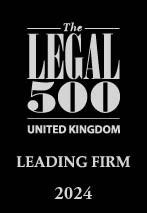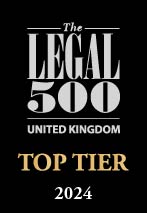Despite the significant resources which a company will allocate to international brand protection, it is surprising how often trade mark protection programmes are launched without a clear strategy.
An international trade mark registration programme is not only expensive to initiate, but also to prosecute and maintain. There is also no guarantee that, when a problem of infringement arises, the trade mark cover which has been put in place will even be of use. Even large companies have been known to assume that they have somehow purchased brand “insurance” just by having filed for trade mark protection and having dutifully paid the endless fees which roll in.
In fact, trade marks often prove to be a limited tool in the war against brand infringement, particularly in companies with multiple products in multiple territories. To cover all relevant product classes, in each manufacturing and distribution territory, can be prohibitively expensive – the key is to spend wisely.
Before any registration programme is launched, consideration needs to be given to the choice of mark or logo – what elements of the mark or logo need to be protected, to what extent are those elements already protected by other trade marks, how difficult will it be to protect a certain element of the mark? A global search should be conducted to ascertain the extent of prior competing marks. All of these factors can impact the cost and success of a registration programme.
A brand owner also needs to rely on other weapons in its intellectual property armoury. Copyright is a fantastic tool in international protection – even if the design elements of a logo appear limited. It doesn’t cost a penny; thanks to the operation of the Bern Convention, if copyright exists in the country of origin then it may be enforced in any of the 176 signatory countries. It is important to ensure whenever a new brand is commissioned that a copyright assignment is obtained from the designer, as this will be the easiest document to rely on in any copyright action.
Finally, unfair competition and passing off should not be forgotten. Steps should be taken to gather evidence of brand use in various territories, which may prove invaluable in supporting enforcement actions at a later date.
Even the owners of established registration programmes should consider undertaking periodic audits, to eliminate any “zombie” registrations which may still be incurring costs but which do not serve any useful purpose. The cost savings can be surprising and it can offer an invaluable opportunity for a company to reevaluate and strengthen its overall brand strategy.
Kym is a leading sports, media and technology lawyer with over 25 years of commercial experience. She advises clients on a diverse range of commercial agreements to include contracts, new media, technology agreements and advises clients on GDPR compliance. For a brand protection audit please contact her.
Disclaimer: All legal information is correct at the time of publication but please be aware that laws may change over time. This article contains general legal information but should not be relied upon as legal advice. Please seek professional legal advice about your specific situation - contact us; we’d be delighted to help.











